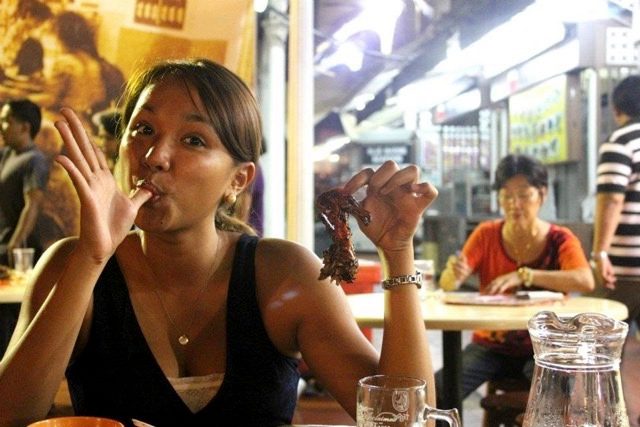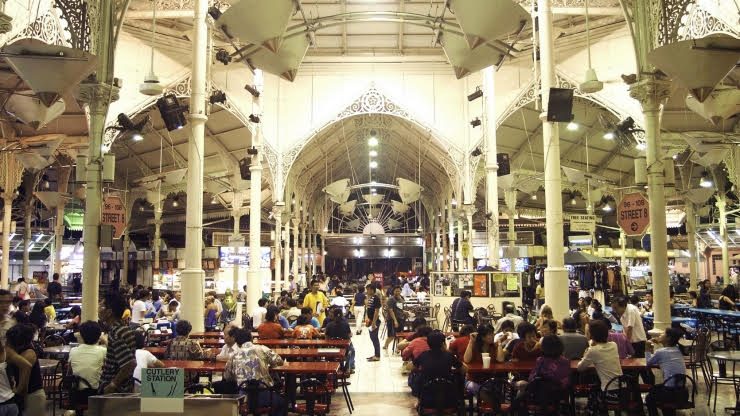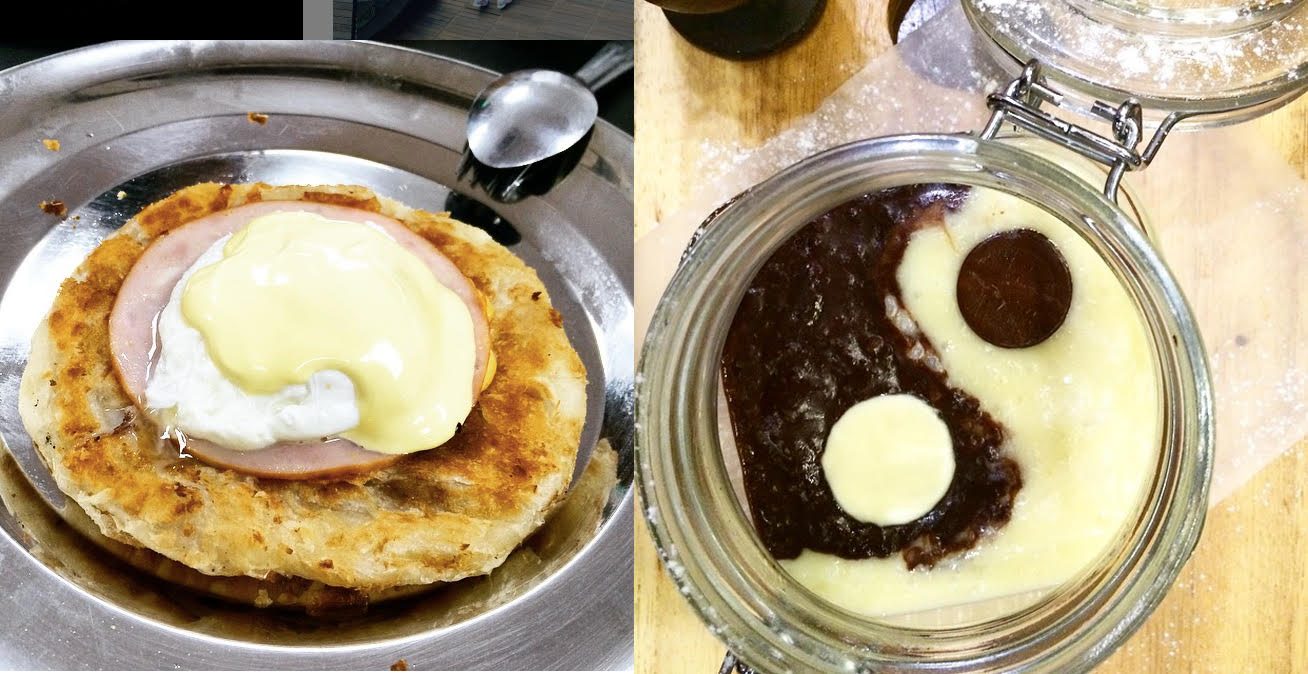SUMMARY
This is AI generated summarization, which may have errors. For context, always refer to the full article.

There’s more to Filipino food than just Jollibee.
I’ve used this rebuttal a few times whenever I find myself educating foreigners about the diverse wonders of Filipino food. Even though I adore my crispy Chicken Joy just as much as the next homesick OFW (2 pieces, please!), I’m quick to defend our cuisine from being reduced to a single fast food chain or the ever mind-boggling delicacy of balut (developing duck embryo.)
I don’t blame these foreigners for what they do not know though. I can’t. For unlike our Asian neighbors Thailand and Vietnam, Filipino food is vastly underrated and underexposed in the international foodie scene. Pad thai. Beef pho. While many have savoured these dishes, few have known the joys of sisig or kare-kare.
It almost seems that even with our food, we’re always making the headlines, yet never fully harnessing the power of our potential.
Almost three full years have gone by since the prophecy of popular American TV personality and chef Andrew Zimmern, who resolutely declared that Filipino Food was the next big thing.
Perhaps our recent ranking as the world’s second best food destination, according to the CNN Facebook poll, is a sign that the Filipino Food Movement is finally gaining some precious traction. But, I believe that it takes more than public opinion to really sway the world’s palates our way.
Living in foodie haven Singapore and traveling frequently to other delightfully delicious destinations (say that three times fast!) within the region has helped shed light on what and how local cuisines truly make it abroad. The secret is a thriving food culture back at home and a local appetite so ingrained in the daily life of its citizens from all walks of life.
Similar to building better airports to cope with the country’s spotlight as the next big travel destination, we need to invest in the right physical and cultural infrastructure to celebrate Filipino food. Here are four things I believe that the Philippines can stand to learn from Singapore’s food culture.

An authentic experience
The humble hawker center is the epitome of what I love about Singaporean food culture. These markets house an array of individual vendors selling ready-to-eat street food from small booths.
But most importantly, it’s a shared public space that simply doesn’t give a damn about who you are and what you do, as long as you bring an appetite for cheap, authentic local food.
Anyone, from the gray-haired tissue vendor to the corporate exec, is welcome to have breakfast, lunch, dinner and everything else in-between here. And yes, supper too.
The Filipino carinderia is similar to a hawker center, but unlike Singapore, it doesn’t transcend race or class. Not everyone feels safe eating kanto (street) food or grabbing lunch from the sari-sari store. While markets like Mercato or Legazpi Village exist, their doors are simply not as accessible to those who are not in the upper-middle class or higher.
A taste of history
Often, the first place I bring friends visiting Singapore is Lau Pa Sat – a popular hawker center converted from a historic building, one known for its graceful colonial architecture.
Given the rich history of the Philippines, with its gorgeous churches and majestic forts, why not preserve old buildings as monuments to our local food instead of tearing them down? Not only will tourists and locals get a taste of Filipino food, they’ll also get a generous helping of Philippine culture on the side too.
A melting pot of Filipino cuisine
Singapore is, quite literally, a tasty melting pot of different cultures. Endless stalls of local delights also serve as gastronomic ambassadors for the 3 main ethnic groups in the country – Malay, Chinese and Indian. Filipino cuisine is even more diverse – with influence from the Spaniards, Americans and the various local flavors from over 7,000 islands.
But unlike the relatively tiny city of Singapore, the Philippines is a vast archipelago. Unless you make it a point to visit other provinces, one could live out entire lives without being exposed to the sheer breadth of Filipino cuisine. But what if you could bring these provincial flavors to the bigger cities? Since Manila is the top tourist gateway into the Philippines, why not make it the culinary capital of authentic Filipino food from all over the country?

Example of reimagining local food. Right side: Eggs benedict on prata bread. Left side: White and dark chocolate champorado.
Rediscovering the Filipino foodie
Part of what feeds the foodie industry is being able to reimagine traditional food in new ways or reinvent the experience of eating your favourite food. Take the popular brunch culture in Singapore for example. While inspired by the British, it has become a permanent weekend fixture for both locals and expats. Could we not develop a brunch culture in the Philippines as well? Dishes like adobo, tapsilog and tocino do make for a perfectly hearty brunch meal.
Some Singaporeans have even tapped into the trend by adopting classics like eggs benedict but replacing the muffin with prata, a flour-based pancake. Perhaps we can do the same with a pandesal? This is but one of many ways we can help Filipinos rediscover their old favorites.
The Philippines has all the right ingredients to become a truly international foodie destination. So long as we can cultivate a homegrown cultural appetite for local cuisine, global tastebuds will soon follow. All we need to do is stir the pot in the right direction. – Rappler.com
Rica is a ‘foreign filipina,’ born in Indonesia, raised in the Philippines and working in Singapore. She writes beyond the border, about experiencing the world with foreign eyes and with local heart. Follow her adventure onForeignFilipina.com, Outandabroad.com as well as on Twitter and Instagram.
Add a comment
How does this make you feel?
There are no comments yet. Add your comment to start the conversation.